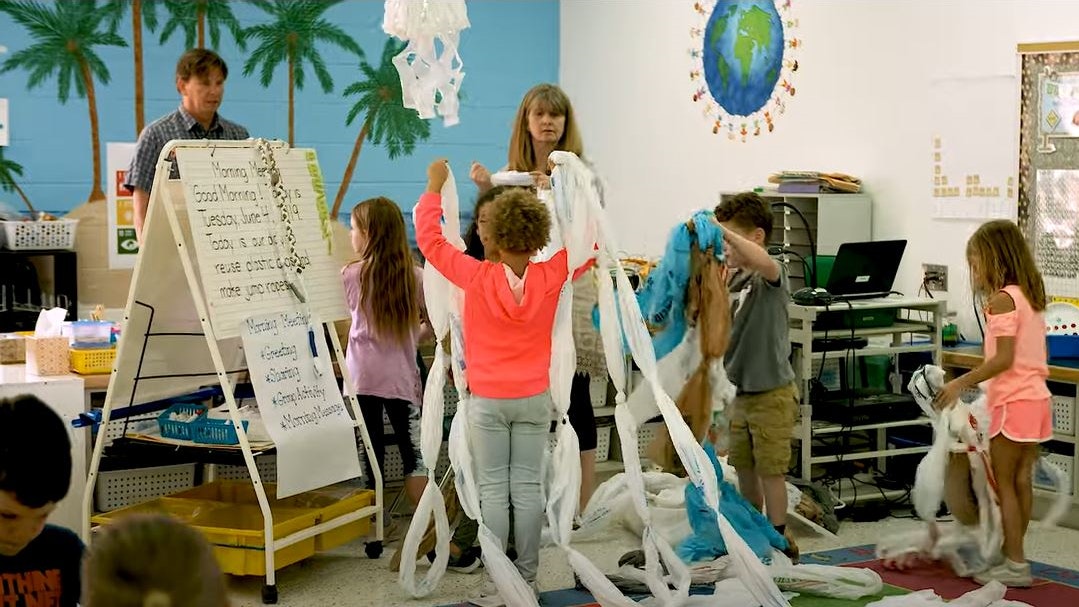Explore This Section
Skip to Section
1.1 Empowered Learner
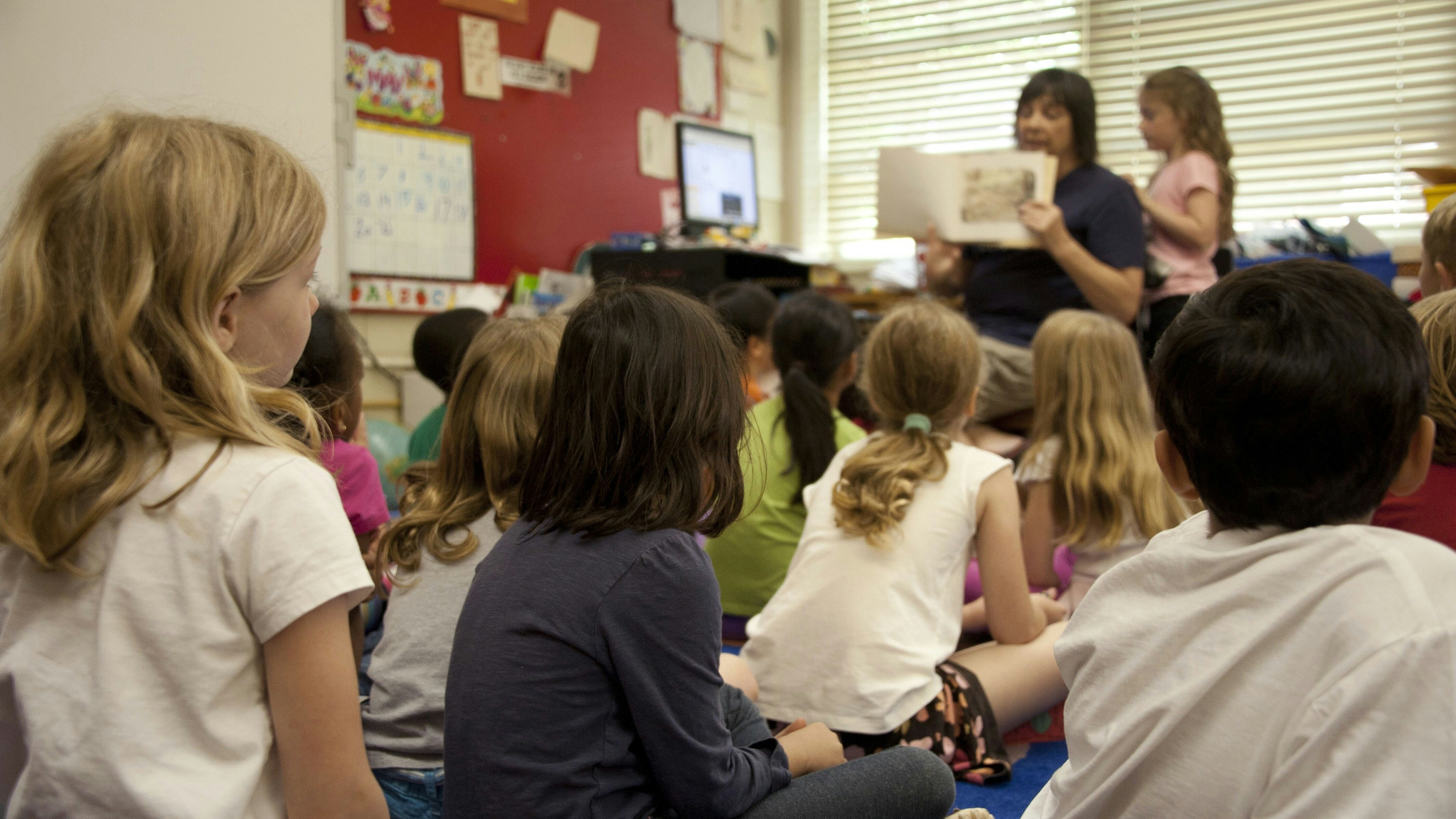
1.1.a Learning Goals
1.1.b Customized Learning Environments
1.1.c Feedback to Improve Practice
1.1.d Technology Fundamentals
1.2 Digital Citizen
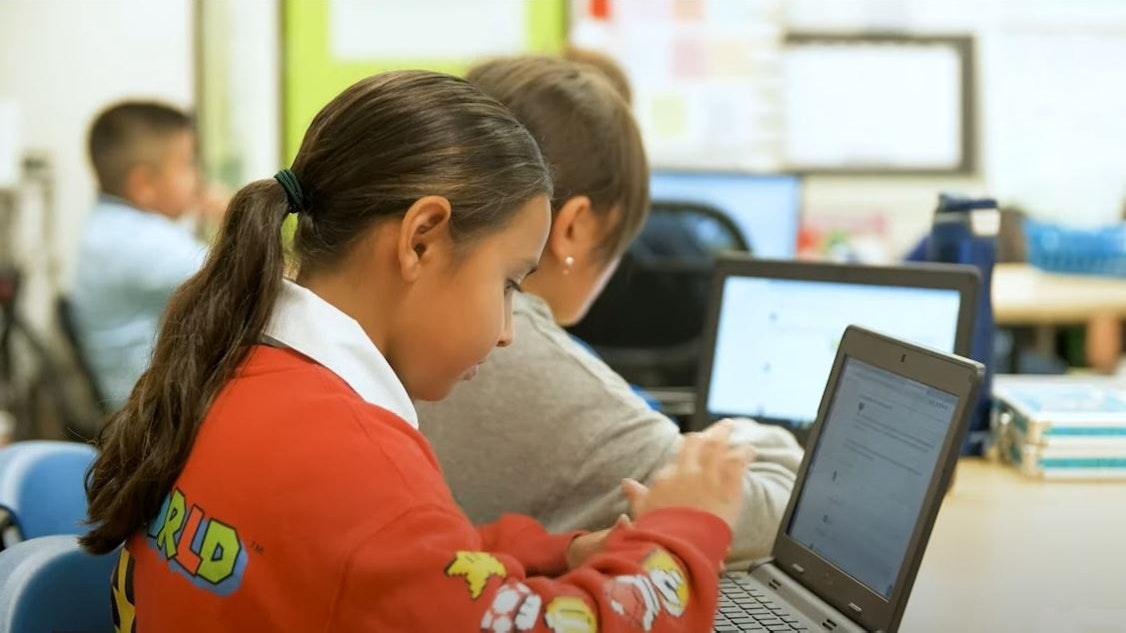
1.2.a Digital Footprint
1.2.b Online Interactions
1.2.c Safeguard Well-being
1.2.d Digital Privacy
1.3 Knowledge Constructor
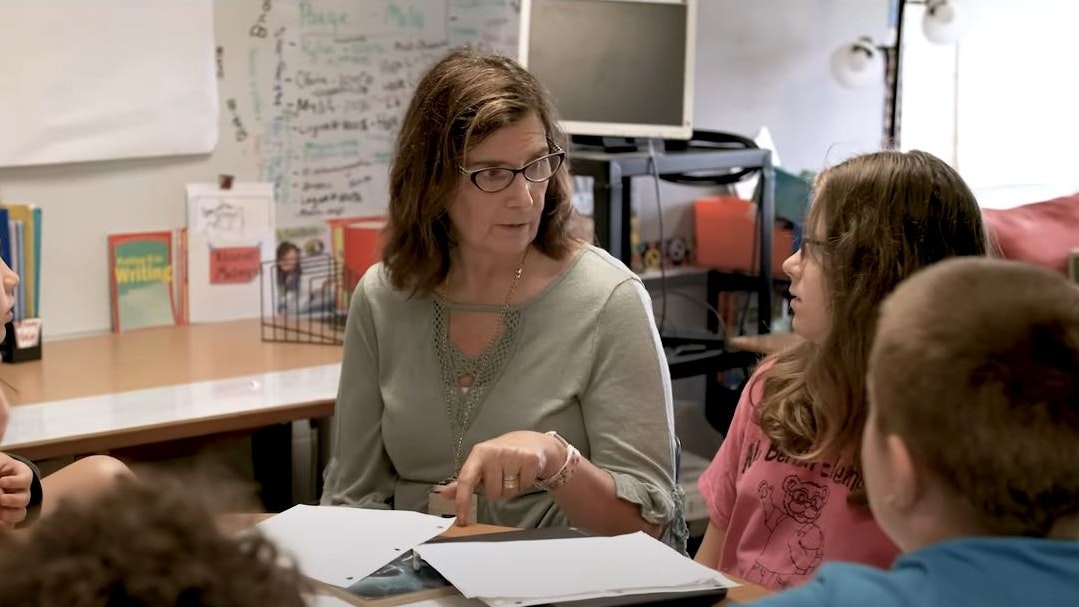
1.3.a Effective Research Strategies
1.3.b Evaluate Information
1.3.c Curate Information
1.3.d Explore Real-World Issues
1.4 Innovative Designer
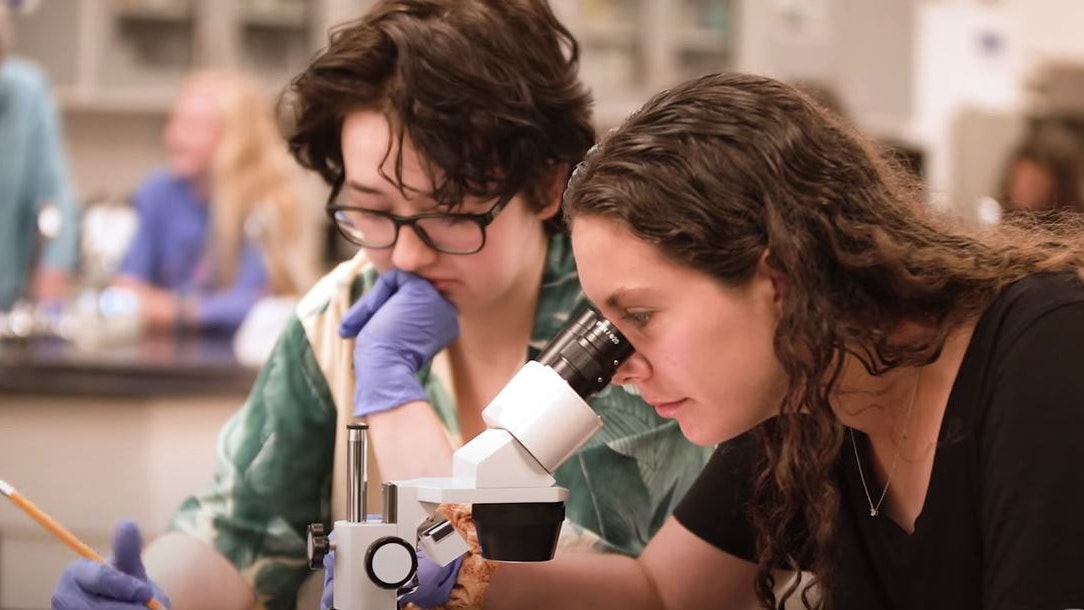
1.4.a Design Process
1.4.b Design Constraints
1.4.c Prototypes
1.4.d Open-Ended Problems
1.5 Computational Thinker
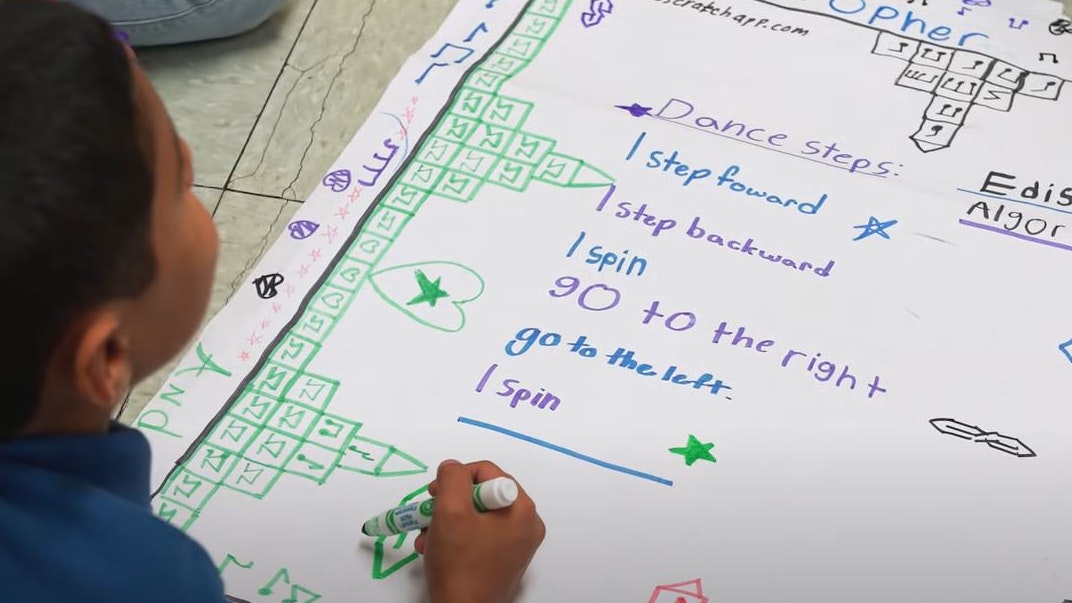
1.5.a Problem Definitions
1.5.b Data Sets
1.5.c Decompose Problems
1.5.d Algorithmic Thinking
1.6 Creative Communicator
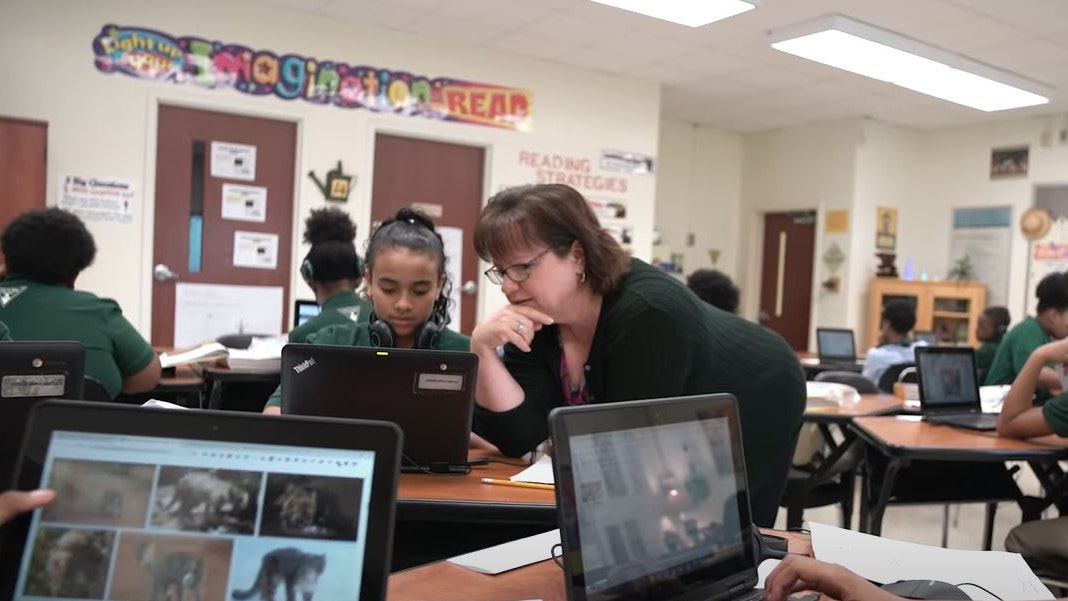
1.6.a Choose Platforms or Tools
1.6.b Original and Remixed Works
1.6.c Communicate Complex Ideas
1.6.d Customize the Message
1.7 Global Collaborator
